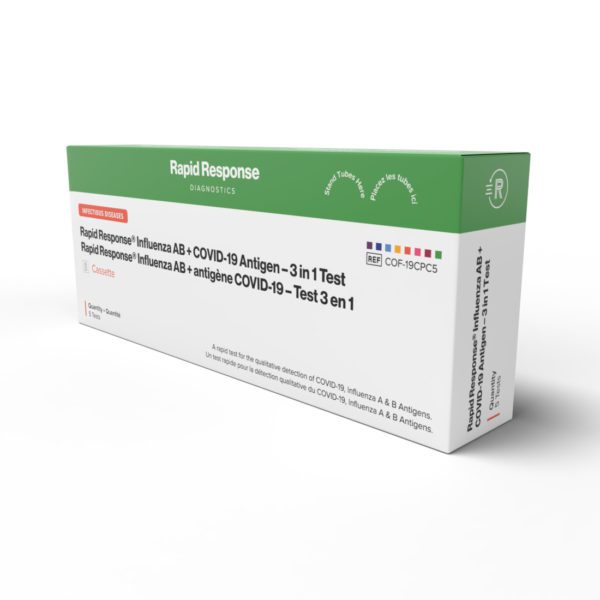Vitamin D plays a vital role in various bodily functions, including bone health, immune system function and the prevention of chronic diseases.
As you age, your body’s ability to absorb and metabolize this essential nutrient changes.
In this article, we’ll look into the recommended vitamin D levels for different age groups and explore the factors that affect absorption.
By understanding the specific requirements for infants, children, adolescents, adults and older adults, you can take steps to ensure adequate vitamin D intake and promote optimal health as you age.
The importance of vitamin D for bone development
Vitamin D plays a crucial role in bone development and maintenance throughout your life, particularly with absorbing calcium and phosphorus for building strong and healthy bones.
Insufficient vitamin D can lead to:
- Higher risk of rickets in children and osteomalacia in adults
- Weakened bones
- Increased risk of fractures
- Impaired bone growth and development
Role of vitamin D in growth and development during puberty
Vitamin D supports your bones’ growth and helps properly mineralize bone tissue as it transitions through puberty.
During puberty, adequate vitamin D levels are essential for:
- Aiding muscle function that affects physical performance
- Regulating the production of sex hormones
- Contributing to better mood and mental health condition

How much vitamin D do you need?
The optimal vitamin D levels are measured in international units (IU). The American Academy of Pediatrics (AAP) recommends this general guideline on how much vitamin D should you take.
- Infants (up to 12 months): 400 to 1,000 IU per day
- Children and Adolescents (1 to 18 years): 600 to 1,000 IU per day
For adults, here’s the recommended daily intake:
- Adults (19 to 70 years): 600 to 800 IU per day
- Older adults (71 years and older): 800 to 1,000 IU per day
What is considered a normal vitamin D level?
Experts recommend a range between 20 to 50 ng/mL (50 to 125 nmol/L) for optimal vitamin D levels.
How does age affect your vitamin D absorption?
Age-related changes in vitamin D absorption and metabolism can impact your body’s ability to maintain optimal vitamin D levels.
Several factors contribute to these changes, including:
- Decreased skin’s ability to produce vitamin D in response to sunlight exposure
- Decreased skin thickness, reduced synthesis capacity and limited sun exposure
- Age-related changes in the gastrointestinal system
- Declining efficiency of absorbing and converting vitamin D from dietary sources
- Health conditions, such as kidney disease, and medications associated with aging
These age-related changes increase the risk of vitamin D deficiency in older adults. To manage this, they may need to take vitamin D supplements, monitor their vitamin D status regularly and consult with their healthcare provider.
Takeaway
Maintaining optimal vitamin D levels is important for everyone, no matter what stage you are in life.
Vitamin D plays a significant role in various aspects of health, including bone development, immune function and overall well-being. Whether through sun exposure, dietary sources or supplementation, ensuring adequate vitamin D intake is essential for promoting optimal health outcomes throughout life.



















































